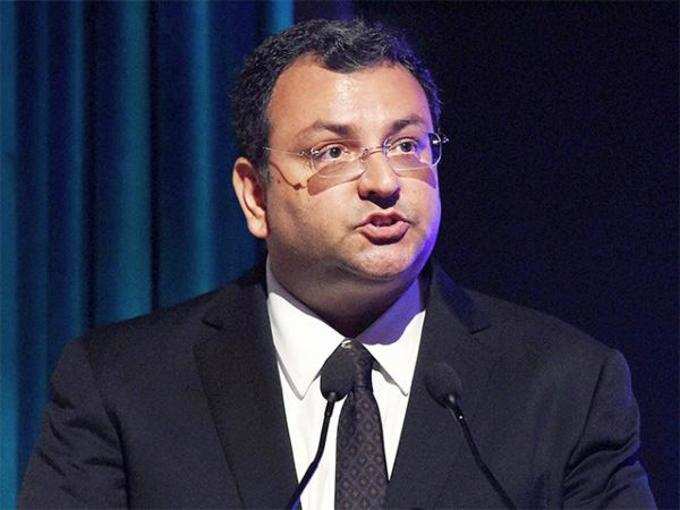
There were no reasons given for the change of leadership of
Mistry, no doubt, had his task cut out. The Tatas are present in about 100 businesses ranging from automobiles to retail to power plants to software. But just two of them have been consistent performers — IT services exporter
Several other of its companies are struggling. The domestic automobile business, despite accounting for roughly half of India’s trucks business, has long been under strain.
The loss-making telecom business has been locked in a bitter and potentially costly battle with erstwhile partner NTT DoCoMo of Japan, which secured a $1.2 billion arbitration award in June 2016. Dozens of consumption-linked businesses such as Titan, Tata Global Beverages, Indian Hotels, Trent, and Rallis India are slightly better off, but their collective operating profit has grown only 4% CAGR in the past five years.
In FY16, nine of the 27 listed companies in the group reported losses and the earnings of seven others dropped. The only bright spot was that
The turnover of India’s largest conglomerate dropped to $103 billion in 2015-2016 from $108 billion the previous year. Net debt rose to $24.5 billion in March 2016 from $23.4 billion a year ago.
Much of Tata’s problems is owing to its elephantine structure. Cross-ownership of companies — Tata Sons owns stakes in businesses like
The operational ethos of the behemoth is actually engrained in silos. "There is an inherent bureaucracy in the system that has gone unchallenged for years," says an insider.